In 2002, architecture critic Jonathan Glancey asked in The Guardian: ‘Why are there no great British mosques?’ He praised the first purpose-built mosque in Britain, constructed in Woking in 1889 by W.L. Chambers, as a ‘delightful Moghul, or Indo-Saracenic, pavilion’. With its green onion dome and minarets, the mock-Oriental structure was a site of high culture, where the Islamic Review was published and the first English translation of the Qur’an produced; where the idea of a Muslim state separate from India was debated, and the name for it, Pakistan, first coined. Glancey considered all of the mosques built since to be ‘run-of-the-mill’, ‘determinedly glum … brick boxes with minarets and domes applied like afterthoughts’. He attributed this to the mass migration of the 1960s and 70s from newly independent, post-colonial countries to fulfil demands for cheap labour in Britain, and determined that the resulting poverty was at the root of the UK’s ‘poor mosque design’.
In The British Mosque: An Architectural and Social History (2018), Shahed Saleem – the architect of striking contemporary UK mosques, including one in Bethnal Green with a facade inspired by the pattern of an Iranian tile on display in the V&A’s Jameel Gallery – suggests a more nuanced, generous, anthropological view. Rather than interpreting and dismissing neo-traditionalist mosques as kitsch pastiche – the crude importation of a pre-existing Muslim culture from another place – he prefers to look at mosque-making as a creative, performative process by which immigrant communities construct their identities anew in foreign cities. ‘The replication and reuse of Islamic architectural symbols from history,’ he writes, ‘rather than being the ill-considered application of the past, is instead a statement of where that group sees itself, and its relation to the wider world, and is part of the process of becoming for minority communities.’

The British mosque is the subject of the V&A’s contribution to the 2021 Venice Architecture Biennale, directed by the Lebanese architect Hakim Sarkis (designer of a mosque in Doha) under the theme, How will we live together? Saleem has co-curated, with V&A curators Ella Kilgallon and the author, an exhibition in the Pavilion of Applied Arts – a Special Project between the V&A and La Biennale di Venezia – that explores themes of immigration, hybridity and multiculturalism through a study of three London mosques and their communities: Brick Lane Mosque, known for its High Tech minaret (a prototype section of which the V&A is collecting), which was a Huguenot church and then synagogue before becoming a mosque for the Bangladeshi diaspora; Old Kent Road Mosque, a conversion of a former pub serving a largely Nigerian community; and Harrow Central Mosque, which used to occupy a pair of semi-detached houses acquired by Pakistani immigrants, before a purpose-built mosque was constructed nearby to replace it.

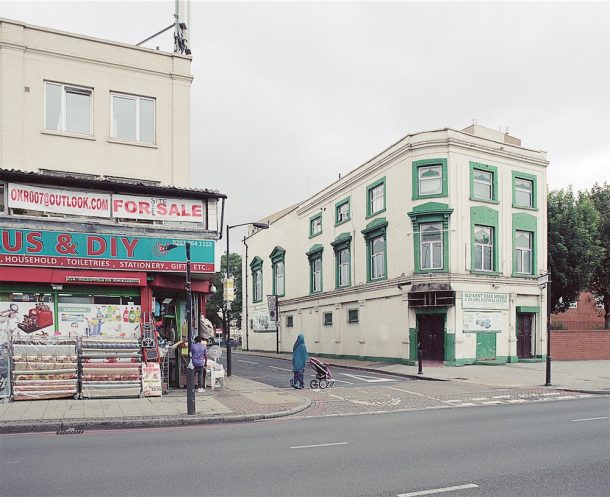
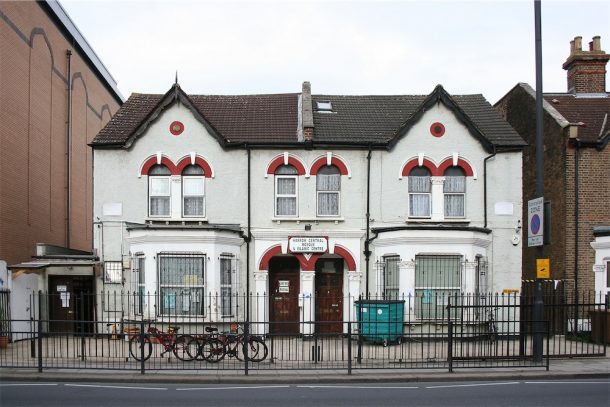
The exhibition presents 1:1 reconstructions of their highly decorative mihrabs, minbars and other architectural elements, and shows interviews with community members alongside films of the mosques in use, made by artist Julie Marsh in collaboration with their congregations. It shows how these self-built mosques are in a state of constant evolution, and documents and celebrates the unique visual language of Islam that has emerged in architecture in Britain. The UK has 1,800 mosques catering to a community of more than 3 million Muslims. ‘Religious congregations are independent and self-organised, and anyone can start a mosque, anywhere,’ Saleem notes of these grass-roots, crowd-sourced, community projects. The majority are improvised and ad hoc, found in terraced houses, old libraries, and former cinemas and supermarkets, where they have adapted to and altered the British vernacular.
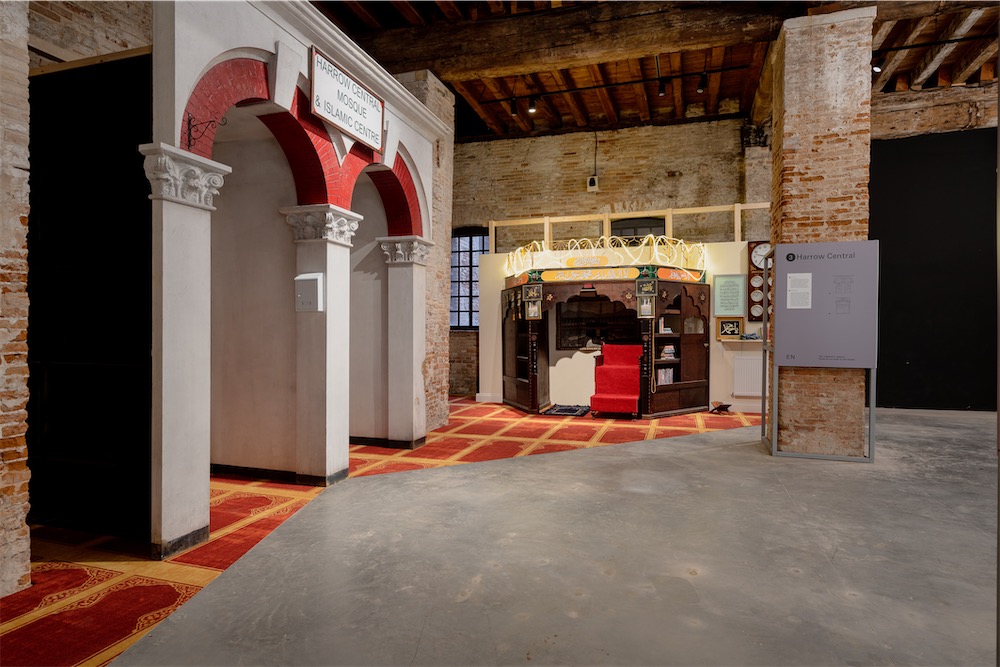
These ad hoc mosques are deeply pragmatic, maximising every available space for prayer, and double up as vibrant community hubs, fulfilling a variety of functions beside worship. For example, my neighbourhood mosque in Limehouse, east London, occupies three railway arches under the Docklands Light Railway and worshippers have to pass between the arches on the pavement outside, as no internal doors are permitted. During the busiest Friday prayers, the congregation spills out on to the street, which is covered in special plastic matting for the occasion. Such mosques were self-built by the people who use them, designed by mosque committees in dialogue with local planning officials. Rather than one culture being required to become like, or assimilated into, the other, these buildings reshape cities through a process of two-way integration, where both existing and new are invited to change.
Improvised mosques are embodiments of community ambition and, as they grow, congregations often fundraise to move to larger premises or to demolish these buildings (where possible) and construct new, larger mosques in their place. By the entrance to many mosques, where worshippers must take off their shoes, there is often a sizeable safe, intended for donations (or fisabilillah, which translates as ‘for the sake of Allah’) either to good works or to such building projects. What is striking about these aspirations is how explicitly architectural they are, and several London mosques visited in the research for the Biennale exhibition had architectural renders and plans for these wished-for structures prominently displayed, sometimes accompanied by an itemised list of the costs, even pictures of ‘possible sanitaryware’, ablutions being an integral part of preparations for prayer.
In Lewisham Mosque, for example, which occupies a row of former shops, plans by Saleem for a new mosque are on display in the prayer hall on a lockable display board. Below it is an accompanying bit of paper breaking down the £8,780,000 costs, including £200,000 to demolish the site and £300,000 to rent an alternative prayer space for the three years it would take to construct a replacement. The congregation is outgrowing the current arrangement, and every possible room is carpeted in a blue pile, banded to help worshippers orientate towards Makkah. The mihrab is made of laminate flooring and the space is divided with foldable partitions, decorated with Islamic motifs. At Old Kent Road Mosque, in a former pub called the Duke of Kent, there is a promotional video in the main prayer hall that shows the design for a new building. A PVC banner has pictures showing the building’s past, present and anticipated future along with a quote from the Prophet Muhammad: ‘Whoever builds a mosque for Allah, then Allah will build him a house like it in paradise.’
-
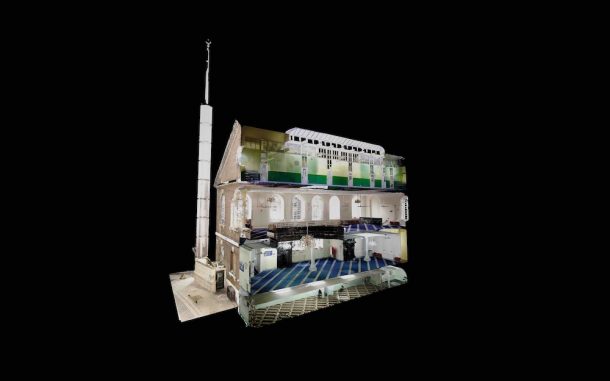
Brick Lane Mosque -
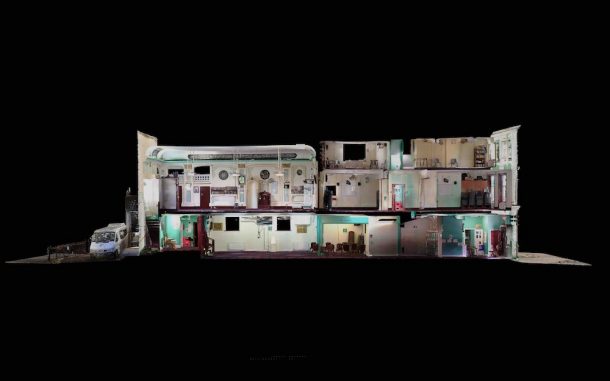
Old Kent Road Mosque -
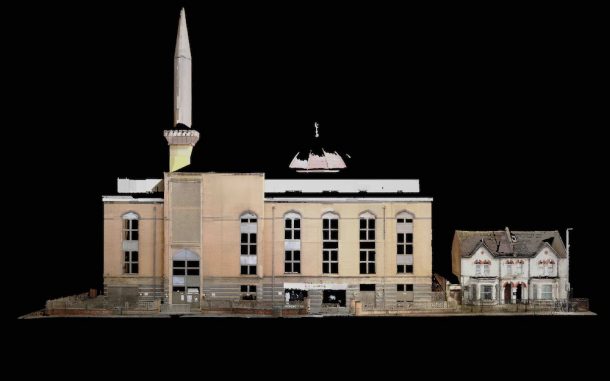
Harrow Central Mosque
As a result of this evolution in mosque-making, improvised structures are being lost to the new-build projects that replace them. The Venice exhibition documents a few of these structures before they disappear, with photographs and digital scans that captured this important but ephemeral moment in the evolution of the British mosque. There has been a corresponding flourishing of purpose-built mosques, the fruition of decades of iterative developments in mosque architecture. Many of these repudiate Glancey’s negative judgment but also see his aspiration for British mosque architecture starting to be realised. Examples include Saleem’s mosques, which incorporate abstracted patterns from Islamic art into contemporary designs; Mangera Yvars’ forthcoming North Harrow Community Centre; and the new £23 million Cambridge Central Mosque by Marks Barfield Architects, with its internal forest of CNC-milled columns, which bills itself as ‘Europe’s first eco-mosque’.
These new mosque buildings are designed to be culturally porous, intended as spaces that feel welcoming to people of all faiths, and eschew minarets, which in the UK are purely symbolic (East London Mosque is one of the few allowed to broadcast the call to prayer). They are trying to find a new language of mosque architecture that fuses the contemporary with the traditional and is in deliberate dialogue with the local vernacular. They ask the fundamental question: what should a British mosque be in the twenty-first century? ‘The new Cambridge mosque shifts the narrative of mosque architecture in Britain,’ says Saleem, writing in The RIBA Journal of May 2019. ‘Driven by an ambition of intercultural exchange and dialogue, it is the architecture of hope, and if it succeeds it may come to be seen as one of the most significant religious buildings in Britain of a generation.’
Islamophobia and far-right violence are on the rise in Britain. In the last few years, five mosques in Birmingham have had their windows broken on the same night, Manchester Nasfat Islamic Centre has been gutted by an arson attack, a van was driven into a crowd leaving Finsbury Park Mosque, and an imam was murdered by a white extremist at the London Central Mosque in Regent’s Park. A recent YouGov poll commissioned by the Muslim Council of Britain found that almost ninety per cent of Britons have never visited a mosque. The Venice Pavilion, by inviting visitors to explore mosque architecture and appreciate its contribution to the British urban landscape and architectural history, will hopefully encourage more to cross the threshold.
Three British Mosques is on display at the Venice Architecture Biennale until 21 November 2021.

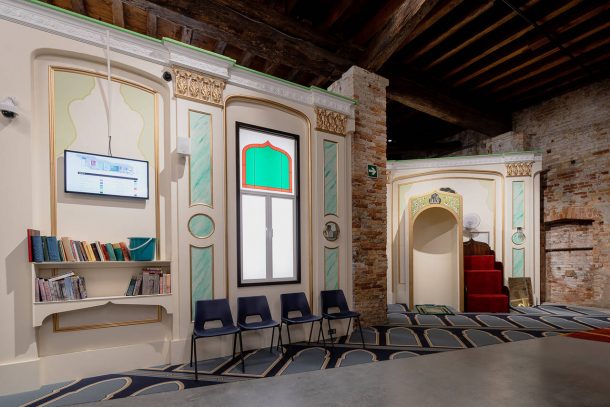



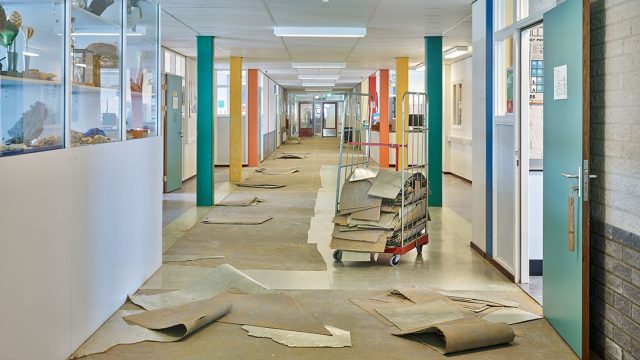
Often people used the architecture and art of an era and integrated the local architecture of the community. That is why the regions that have just received the light of the Gospel have tried to find the types of churches that are suitable for the culture and art of a region or of their country.